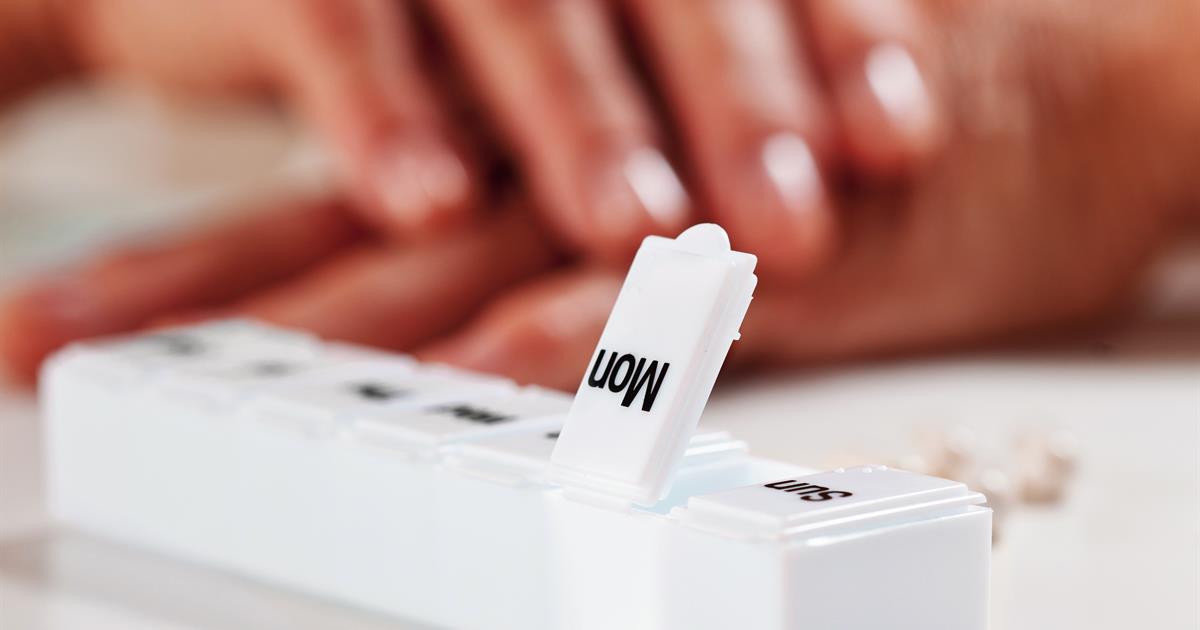Helpful Options For Treating Migraines
Migraines are severe headaches that usually occur on just one side of the head. Symptoms include intense pain, a throbbing or pulsating sensation, vomiting, nausea, and sensitivity to light or sound. Unlike less severe headaches, migraines are often accompanied by an aura that occurs just before the onset of pain. Common auras include seeing flickering lights, experiencing black spots in the visual field, or having a pins and needles sensation on one side of the face or in an arm or leg.
Migraines can be debilitating, and the pain may last for several hours or even days. In some cases, migraines may be triggered by a particular event. The common condition affects an estimated thirty-eight million individuals around the United States, as much as thirteen percent of the population. Two to three million individuals experience chronic migraines.
The following methods can help migraine sufferers manage their symptoms.
Pain Medication

A variety of pain medications are often helpful in reducing the severity of pain associated with migraines. Patients may need to try several different combinations of medications before they find one that works best to control their symptoms. Over-the-counter medications such as ibuprofen, acetylsalicylic acid, and acetaminophen can sometimes help if patients have mild migraines. Some over-the-counter medicines created specifically for migraine pain may help for moderate migraines as well. Individuals who experience severe migraines, however, may require prescription medicines.
Indomethacin, a pain reliever that can be administered as a suppository, helps patients who experience nausea with their migraines and cannot take oral medication. Other prescription pain relievers include triptans such as sumatriptan, zolmitriptan, and eletriptan, which can be delivered in a variety of forms. These medications work by constricting certain blood vessels and blocking the brain's pain pathways. Side effects from these medications include dizziness, feeling sleepy, and muscle weakness.
Continue reading for more on treating migraines now.
Blackout Curtains

Blackout curtains help block light entering a room and are particularly helpful in reducing a patient's sensitivity to light during a migraine. The curtains are available in a range of fabrics including velvet and other materials generally used for upholstery. The most effective types of these curtains use three layers, including a layer of foam at the back to completely block out light and also dampen sound. Depending on the weight of the curtains, they may also provide some degree of soundproofing, which can help migraine sufferers have a quieter environment in which they can recover from their headache. Some blackout curtains may not cover the entire window or may leave a gap in the middle. In these cases, tape can be used to overcome this defect. Some patients may wish to supplement their use of blackout curtains by also using an eye mask and soft earplugs to further reduce the levels of light and sound they experience.
Reveal more ways in which migraines can be treated effectively now.
